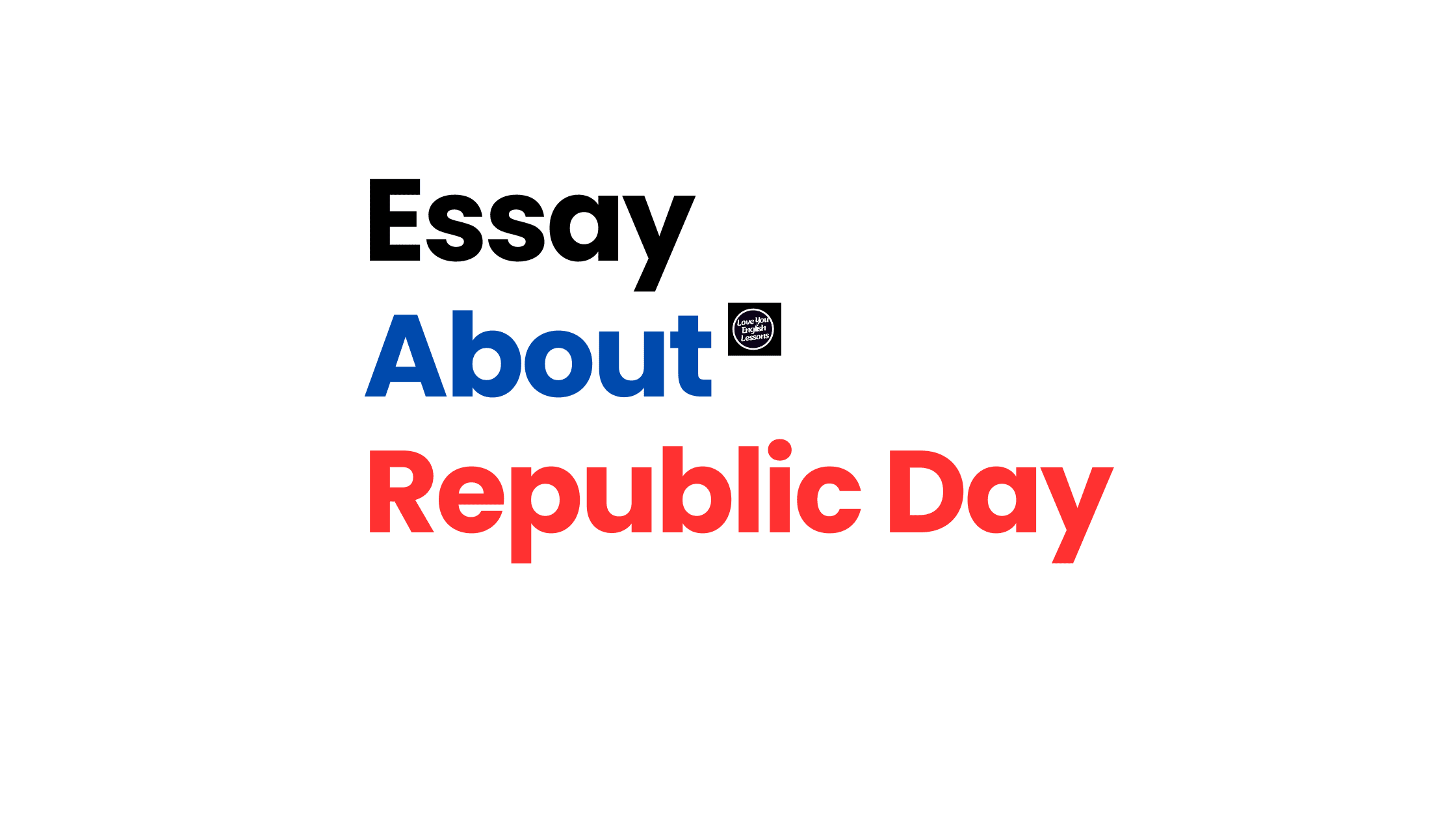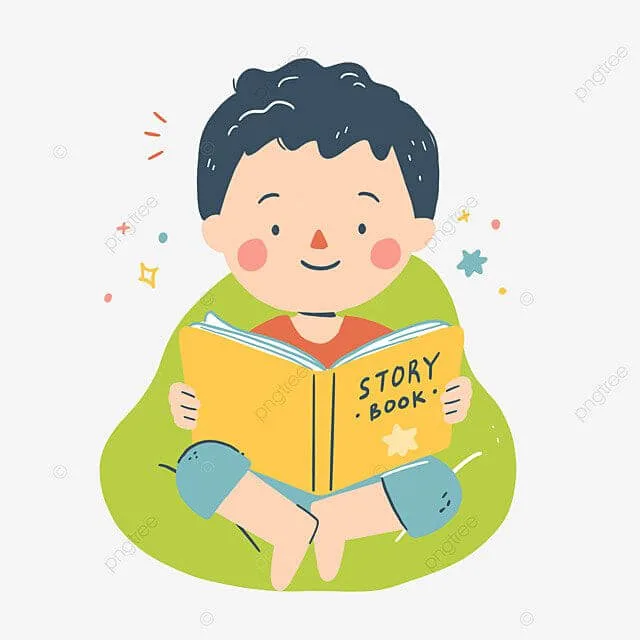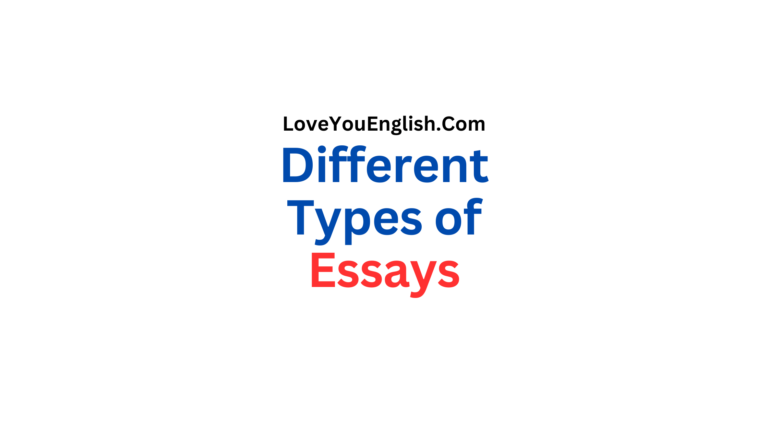Republic Day Essay in English for Students
Every year, on January 26, a nation of over a billion people erupts in celebration. Streets fill with parades, buildings shine with tricolor decorations, and hearts swell with patriotic pride.
This is Republic Day in India – a day that marks not just a historical milestone, but the very foundation of the world’s largest democracy.
Republic Day commemorates the implementation of the Constitution of India, which came into effect on January 26, 1950.
This momentous occasion transformed India from a dominion into a fully sovereign republic.
The significance of this day extends far beyond a simple national holiday – it represents the culmination of years of struggle, sacrifice, and the unwavering vision of freedom fighters who dreamed of a democratic India.
Table of Contents
ToggleThe Historical Journey
India’s path to becoming a republic was long and challenging. After gaining independence from British rule on August 15, 1947, the country needed a framework to govern itself. The task of creating this framework fell to the Constituent Assembly, which began drafting the Constitution in December 1946. Under the chairmanship of Dr. B.R. Ambedkar, often called the “Father of the Indian Constitution,” this diverse group of 299 members worked tirelessly for nearly three years.
The Constitution they created wasn’t just a legal document – it was a social document reflecting the hopes and aspirations of millions. Dr. Ambedkar and his colleagues studied constitutions from around the world, adapting and innovating to create a document uniquely suited to India’s diverse society. Their dedication resulted in one of the longest and most comprehensive constitutions in the world.
When January 26, 1950, arrived, it marked the complete transition of India into a sovereign, democratic republic. The date itself was chosen deliberately, as it was on January 26, 1930, that the Indian National Congress had declared complete independence (Purna Swaraj) from British rule.
Republic Day Celebrations
The Republic Day celebrations in India are a spectacular display of the country’s cultural heritage, military might, and technological achievements. The main celebration takes place in New Delhi, the capital city, at Rajpath (now officially known as Kartavya Path).
The day begins with the Prime Minister laying a wreath at the Amar Jawan Jyoti at India Gate, paying homage to soldiers who sacrificed their lives for the country. The highlight of the day is the Republic Day Parade, which showcases India’s defense capability, cultural diversity, and social and economic progress.
The parade features marching contingents from the three wings of the Indian Armed Forces, tableaux from different states displaying their unique culture, and school children performing colorful cultural programs. The President of India, as the Commander-in-Chief of the Armed Forces, takes the salute. The parade concludes with a spectacular fly-past by the Indian Air Force.
Another significant aspect of the celebrations is the presence of a foreign dignitary as the Chief Guest. This tradition began in 1950 when Indonesian President Sukarno was invited as the first chief guest. This practice symbolizes India’s emphasis on international cooperation and diplomacy.
The Significance of Republic Day
Republic Day is not merely about parades and celebrations. Its significance runs deeper in the fabric of Indian society.
First, it marks the day when the Constitution came into effect, providing every Indian citizen with fundamental rights and duties. The Constitution guarantees justice, liberty, equality, and fraternity to all citizens, irrespective of caste, creed, gender, or religion.
Second, Republic Day serves as a reminder of the democratic values that India upholds. It celebrates the right of people to choose their government and participate in the democratic process.
Third, it is a day that instills patriotism and unity among the diverse population of India. Despite differences in language, culture, and traditions, on Republic Day, every Indian feels connected by the common thread of nationalism.
Finally, Republic Day commemorates the sacrifices made by freedom fighters who envisioned a free and democratic India. It is a tribute to their vision and determination that resulted in the birth of the Indian Republic.
Republic Day in Modern Times
Over the years, the celebrations of Republic Day have evolved, but its essence remains unchanged. In schools and colleges across the country, students participate in flag-hoisting ceremonies, cultural programs, and patriotic activities. Government offices and private institutions organize functions to mark the occasion.
In recent years, technology has played a significant role in making Republic Day celebrations more accessible to people. The main parade is broadcast live on television and streamed online, allowing Indians worldwide to be part of this national celebration.
Social media platforms buzz with patriotic messages, and people express their love for the country in various ways. From changing profile pictures to sharing patriotic songs, the digital age has provided new avenues for celebrating Republic Day.
Challenges and Hope
As India celebrates Republic Day each year, it also reflects on the journey so far and the path ahead. While the country has made significant progress in various fields since becoming a republic, challenges remain.
Issues like poverty, inequality, corruption, and communal tensions continue to test the principles enshrined in the Constitution. However, the spirit of Republic Day reminds citizens of their collective responsibility to overcome these challenges and work towards a better India.
The youth of the country, who represent its future, have a crucial role to play. Their energy, innovation, and commitment to the nation’s values can drive India towards greater heights. Republic Day inspires them to be responsible citizens and contribute meaningfully to the nation’s development.
Conclusion
Republic Day is not just a national holiday but a day of reflection, celebration, and renewed commitment to the principles that form the foundation of India. It reminds us of the journey from colonial rule to a sovereign, democratic republic and inspires us to uphold the values of justice, liberty, equality, and fraternity.
As we witness the unfurling of the tricolor flag and listen to the national anthem on Republic Day, we are reminded of the words of Jawaharlal Nehru, India’s first Prime Minister: “A moment comes, which comes but rarely in history, when we step out from the old to the new, when an age ends, and when the soul of a nation, long suppressed, finds utterance.”
Republic Day is that moment of utterance – a declaration of India’s democratic spirit, a celebration of its diverse culture, and a reaffirmation of its commitment to progress and peace. It is a day when every Indian, regardless of their background, comes together to honor the republic and renew their pledge to make it stronger and more prosperous.
As we mark another Republic Day, let us remember the vision of our founding fathers and work together to build an India that truly embodies the principles of its Constitution – an India that is inclusive, progressive, and a beacon of democracy for the world.
Read more:
- Essay on Impact of Cinema in Life for Students and Children
- Essay About Lucknow: The City of Nawabs and Culture
- Essay About Delhi: India’s Capital City
- Essay About Chandrashekhar Azad for Students







